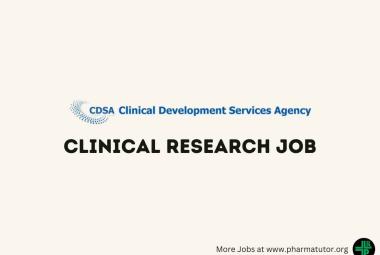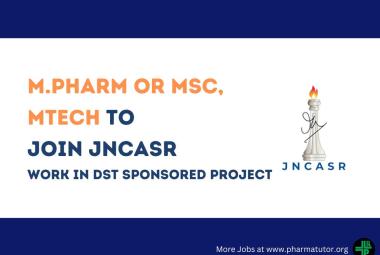With the number of overdose deaths from prescription and illicit opioids doubling from 21,089 in 2010 to 42,249 in 2016, it’s critical that we continue to tackle this human tragedy from all fronts – including, and importantly, looking at new ways to increase the availability of naloxone.
This potentially life-saving treatment is a critical tool for individuals, families, first responders and communities to help reduce opioid overdose deaths. And to advance these efforts, there is still a need to improve access to naloxone.
There is the potential for significant costs and burdens that may be associated with naloxone co-prescribing. These include the direct economic costs to consumers and health systems. They also include practical considerations such as the need for manufacturing volume growth for naloxone, and the risk of drug shortages of this product that could come from a sudden spike in prescribing.
The committee will be asked to evaluate these and other considerations, as part of our effort to consider any potential challenges to wider co-prescribing of naloxone for all or some prescription opioid patients.
But, if naloxone is administered quickly, it can counter the overdose effects, usually within minutes. Naloxone can save lives. But it’s not a substitute for immediate medical care for a patient who is overdosing on an opioid. Moreover, the person administering naloxone should seek further immediate medical attention on the patient’s behalf.
In addition to the approval of injectable naloxone for use in a healthcare setting and both prescription auto-injector and intranasal forms of naloxone, which facilitate use by laypersons, we’ve also released draft guidance for industry to facilitate the development of generic naloxone hydrochloride nasal spray.










